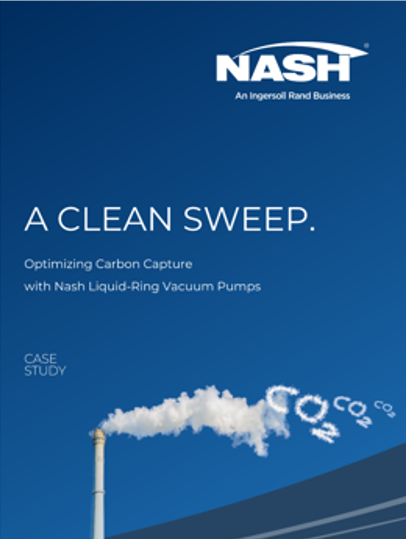Choose a different country or region to see the content specific to your location
Select Your Country/Region
Current Region:
 Global (EN)
Global (EN)
How can we help you?
This vacuum system, featuring a 2BE1-series vacuum pump, is designed specifically to enhance carbon capture processes, playing a crucial role in reducing industrial CO2 emissions. The stainless steel pump with mechanical seals ensures leak-free operation, essential for handling gases like CO2 safely and efficiently. Driven by a 37 kW motor with frequency control, the system adjusts power usage based on process demand, optimizing energy consumption and reducing operational costs. Its robust design and smart power management make it ideal for carbon capture applications, enabling a cleaner, more sustainable approach to CO2 management.
This vacuum system boosts operational efficiency by utilizing a variable frequency drive (VFD), which adjusts power usage to match the actual process demand. This smart power management minimizes energy consumption, reduces operational costs, and extends the lifespan of the equipment, ensuring reliable and efficient performance.

This configuration provides a versatile and efficient solution for optimizing vacuum processes in various industrial settings.

Discover how Nash's cutting-edge liquid-ring vacuum pumps are transforming carbon capture for Bright Renewables, enabling significant CO2 emission reductions and pushing the boundaries of sustainability.